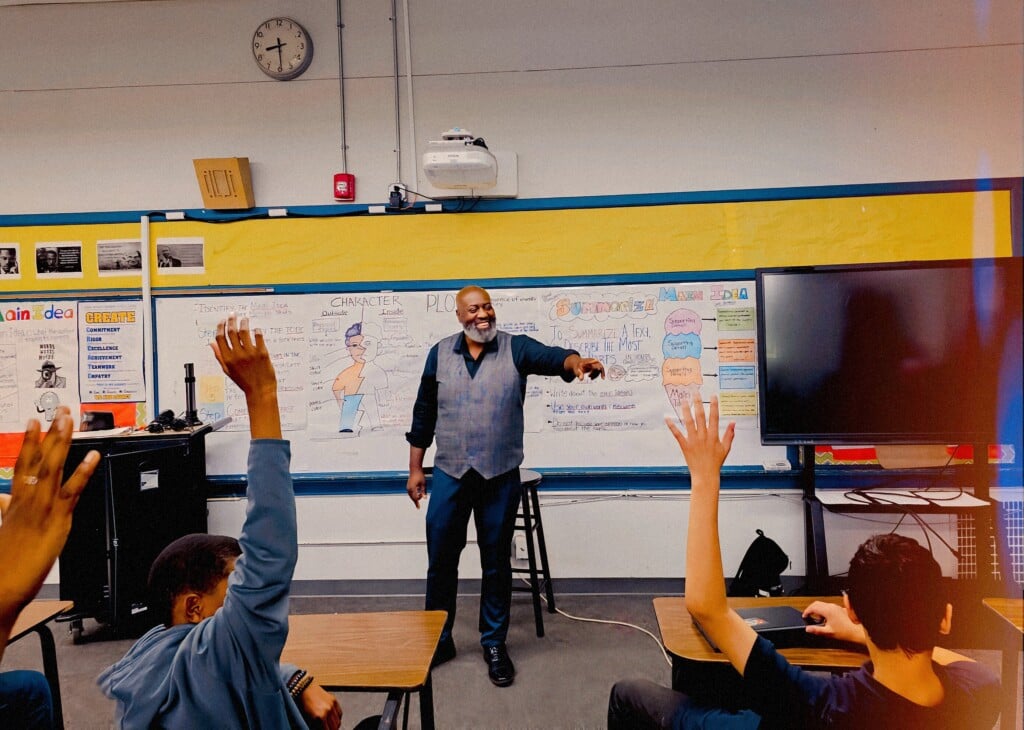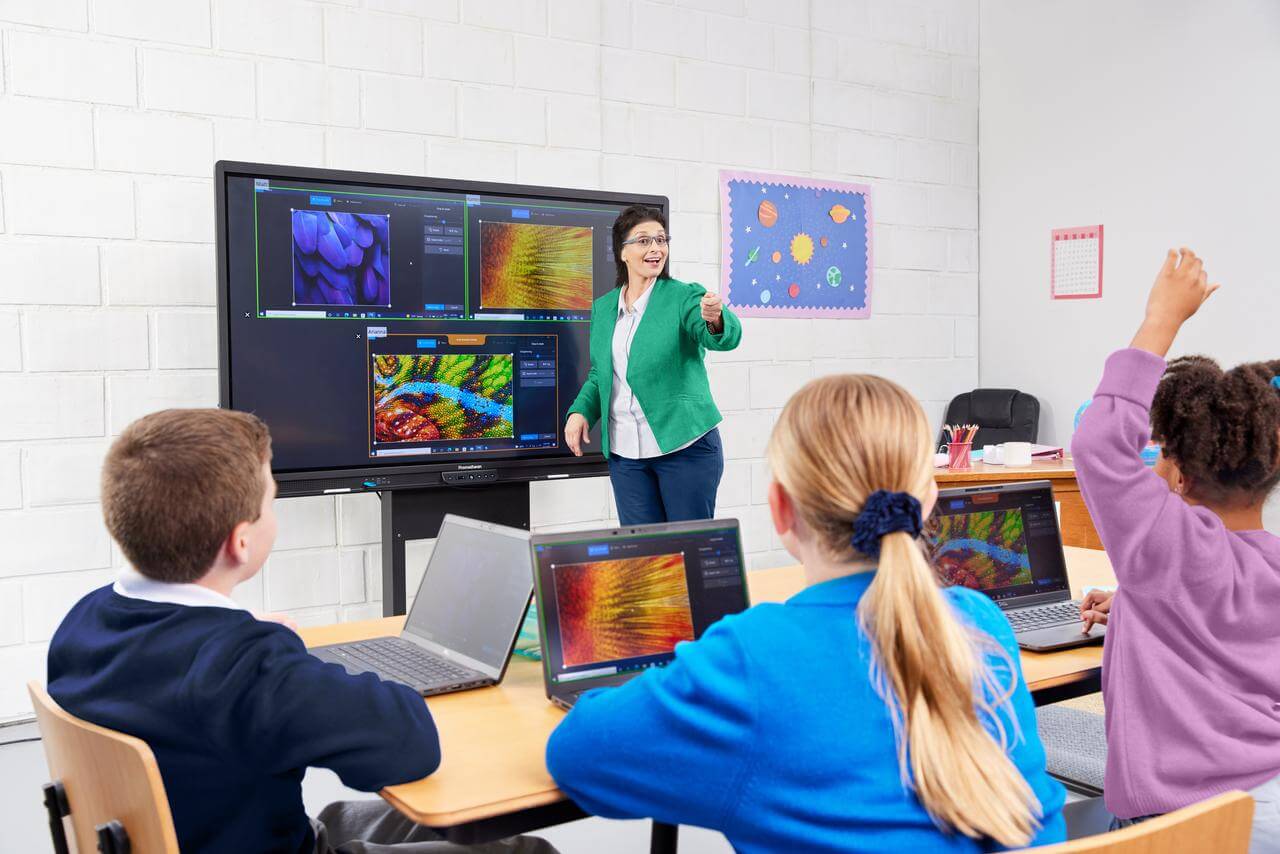A Comprehensive Guide to the Various Discovering Techniques in Main Science Guideline
The expedition of varied knowing methods in primary science guideline offers a chance for educators to enhance pupil interaction and understanding significantly. By examining hands-on understanding methods, inquiry-based methods, and collaborative methods, we can determine efficient practices that accommodate different learning designs. Additionally, the assimilation of innovation and distinguished instruction plays an important role in cultivating an inclusive setting. However, the inquiry remains: how can these techniques be effectively applied in the classroom to optimize their influence? The response exists in a closer evaluation of each technique and its implications for mentor scientific research.

Hands-On Learning Techniques
Hands-on learning methods play a crucial role in primary science direction, involving pupils in energetic expedition and testing. These techniques permit students to connect straight with phenomena and materials, promoting a much deeper understanding of clinical principles. By utilizing manipulatives, models, and real-life experiments, educators create an environment where students can observe, hypothesize, and check their concepts.
Such strategies not just improve understanding however likewise cultivate vital thinking and analytic abilities. When trainees join activities like developing easy devices, planting seeds, or conducting chain reactions, they are motivated to ask concerns and look for responses through their very own monitorings. This experiential technique assists to demystify complicated clinical concepts, making them a lot more relatable and accessible.
Furthermore, hands-on understanding advertises cooperation amongst peers, as students frequently operate in teams to conduct experiments or share searchings for. This team effort not only improves their learning experience yet likewise creates crucial social skills. Eventually, incorporating hands-on strategies in key science instruction fosters a lifelong love of understanding and curiosity concerning the environment, laying a solid foundation for future academic pursuits in science and beyond.
Inquiry-Based Understanding
Inquiry-based understanding is a training strategy that motivates pupils to ask questions, explore phenomena, and create their own understanding of clinical concepts. This technique changes the focus from standard teacher-led instruction to a much more student-centered experience, where students take the initiative in their academic trip. By fostering interest, inquiry-based understanding promotes deeper interaction with the product, permitting pupils to explore topics in a purposeful context.
In practice, this method typically entails hands-on experiments, monitorings, and crucial thinking activities that align carefully with the clinical approach. Pupils are encouraged to formulate hypotheses, style examinations, and evaluate data, which cultivates crucial abilities such as analytical and problem-solving reasoning. The role of the teacher in this structure is to assist in expedition, leading students through the inquiry process while encouraging independent thought and partnership.
Additionally, inquiry-based understanding supports a feeling of possession over the discovering procedure, inspiring trainees to pursue understanding actively. This method not only boosts understanding of clinical ideas but also cultivates a long-lasting love for learning, equipping pupils with the abilities needed to navigate an increasingly complex globe.
Collaborative Discovering Approaches
Joint knowing strategies empower trainees to participate in meaningful communications with peers, cultivating a shared duty for their instructional end results. In primary science direction, these strategies encourage learners to interact to check out clinical principles, solve issues, and carry out experiments (primary science tuition Singapore). By joining group activities, trainees can take advantage of diverse perspectives, enabling richer understanding and retention of clinical expertise
One trick facet of collaborative knowing is the emphasis on communication skills. Trainees have to express their ideas, pay attention proactively to others, and negotiate ideas, every one of find which are crucial competencies in both academic and real-world contexts. This social interaction not only enhances their understanding of scientific principles but also advertises synergy and problem resolution abilities.
In addition, collaborative learning often leads to increased motivation and involvement. When pupils see the worth of their contributions within a group, they are much more likely to take ownership of their learning trip. Educators can facilitate this process by designing organized group tasks that straighten with curriculum goals while giving advice on efficient collaboration strategies. Generally, incorporating joint discovering methods in primary scientific research instruction grows a dynamic learning setting that prepares trainees for future scholastic and social difficulties.
Technology Combination in Scientific Research
The integration of modern technology in main science instruction enhances discovering experiences by providing ingenious tools and resources that support numerous mentor methods, including joint understanding - primary science tuition Singapore. The usage of electronic systems, simulations, and interactive applications allows students to navigate to these guys involve deeply with clinical concepts, assisting in an extra hands-on approach to knowing
Online labs, as an example, enable learners to conduct experiments safely and effectively, promoting inquiry-based discovering. These devices can mimic real-world scientific situations, enabling trainees to picture complicated procedures that would be tough to duplicate in a standard classroom setting. Modern technology promotes communication and collaboration amongst pupils, as they can share findings and work with each other on jobs via on-line systems.
Furthermore, multimedia presentations and instructional video clips can enrich lessons by providing to varied knowing styles, making abstract principles much more available. Data evaluation tools additionally equip students to accumulate and translate clinical information, reinforcing crucial thinking abilities. Overall, the tactical unification of innovation in key scientific research instruction not just enhances involvement yet likewise prepares pupils for a technologically sophisticated society, outfitting them with vital skills for future clinical endeavors.
Set Apart Guideline Methods
Differentiated direction approaches are vital for resolving the diverse requirements of students in primary science go right here education and learning. These techniques make it possible for educators to tailor their mentor approaches to accommodate varying capabilities, passions, and learning styles within the classroom. By using differentiated direction, instructors can develop a comprehensive environment that fosters interaction and improves understanding of clinical principles.
One effective technique is to utilize versatile organizing, which enables trainees to work together with peers at comparable ability degrees or with varying viewpoints. This technique urges peer understanding and advertises critical reasoning. In addition, supplying choices in assignments can empower students, permitting them to pick tasks that reverberate with their passions while still fulfilling curricular goals.
Additionally, integrating tiered projects is another valuable strategy. Deliberately jobs with differing levels of complexity, instructors can make certain that all trainees are properly challenged, no matter their effectiveness. Using formative assessments to determine recognizing additional enables instructors to adjust their instructional approaches dynamically, making sure that each learner receives the support they require.
Eventually, executing set apart direction techniques in key science education and learning not only enhances trainee knowing outcomes however also grows a passion for science, preparing pupils for future academic searches.

Conclusion
In recap, effective main science direction necessitates a multifaceted method that includes hands-on discovering, inquiry-based techniques, and joint techniques. The assimilation of innovation and distinguished instruction even more provides to varied understanding styles, cultivating a setting favorable to expedition and essential thinking.
The exploration of diverse understanding approaches in key science instruction provides an opportunity for instructors to enhance pupil interaction and understanding dramatically.Hands-on learning techniques play a critical function in primary science guideline, involving trainees in active exploration and trial and error.Inquiry-based understanding is an educational technique that motivates students to ask concerns, examine phenomena, and create their very own understanding of scientific principles.Joint discovering methods empower pupils to engage in meaningful communications with peers, cultivating a common responsibility for their instructional results. Overall, including collective learning strategies in main scientific research direction cultivates a dynamic learning environment that prepares pupils for future scholastic and social challenges.